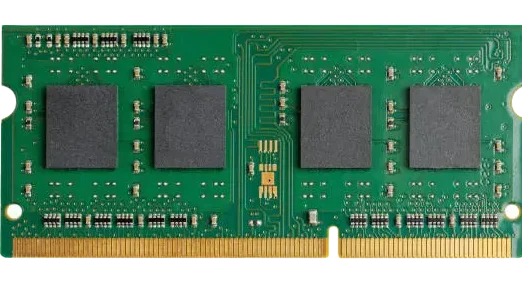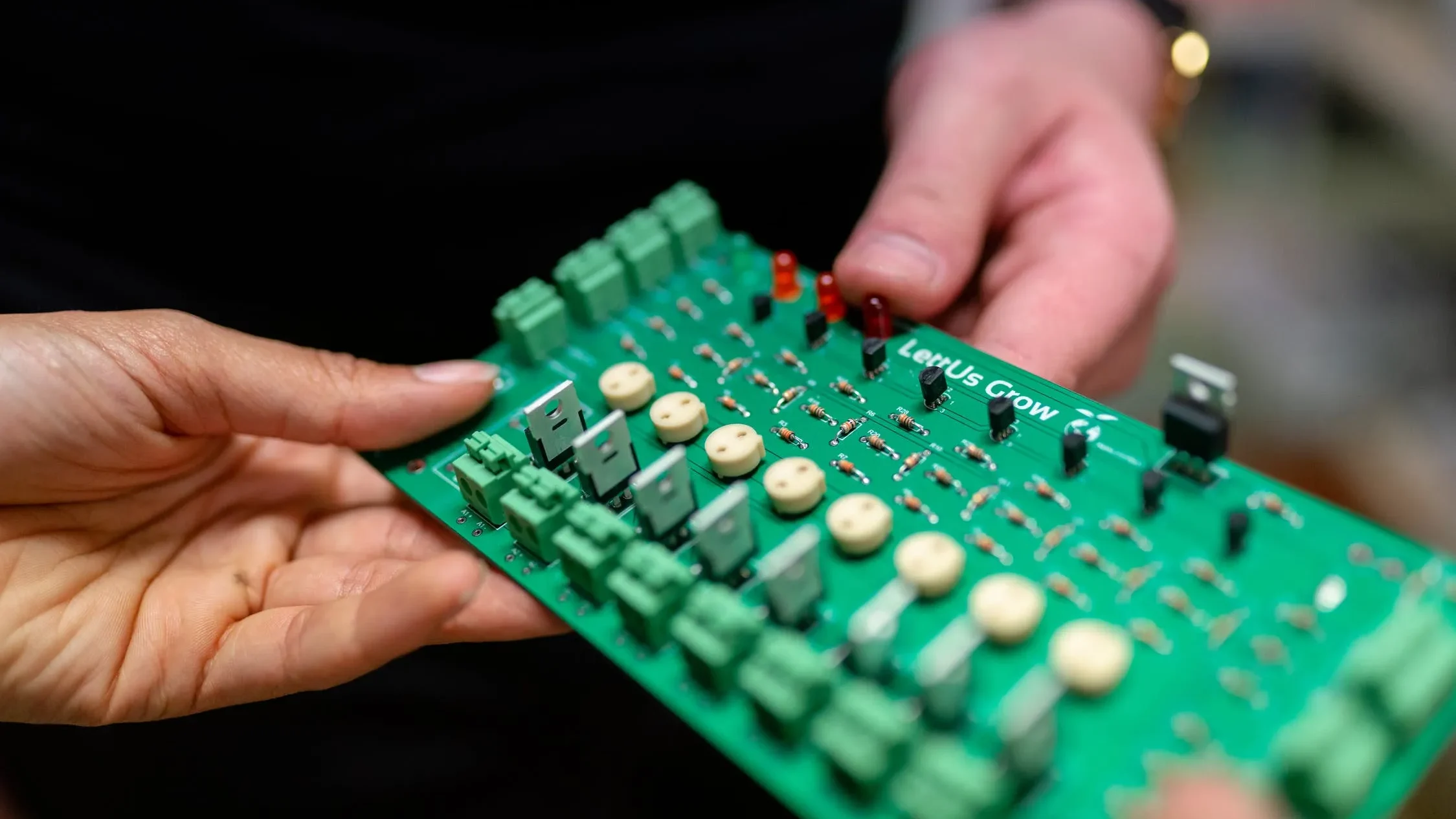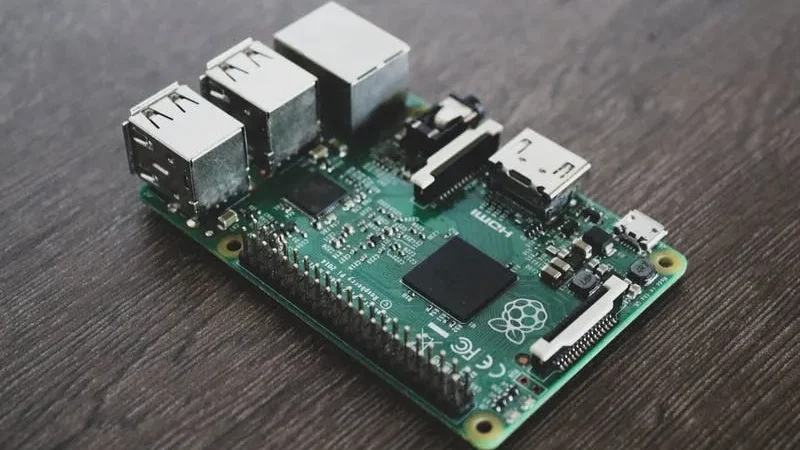Dynamic Random-access Memory Explained – Everything You Need To Know
In the article that you are about to read on this site, we are going to take an in-depth look at everything you need to know about dynamic random-access memory and how it operates in relation to the digital marketing business as well as other trends in digital media.
You will also be able to study how DRAM functions in relation to other random-access memory devices, such as SRAM, and you will uncover a comprehensive comparison of the two types of memory (DRAM and SRAM).
You need to make a mental note of the many forms of dynamic random-access memory that I am currently explaining to you, as well as their benefits and drawbacks so that you can avoid making any mistakes in the future when you are accessing them.
What Is The Appropriate Explanation Of A DRAM?
DRAM stands for dynamic random-access memory and is a specific kind of random-access memory that is utilized in the operation of digital devices like personal computers. The integrated circuit of this DRAM is where all of your digital data is stored that you’ve generated.
The dynamic random-access memory, on the other hand, requires only one capacitor and one transistor per bit for the device as a whole to function correctly, in contrast to its counterpart, the static random-access memory (SRAM), which needs six transistors to function.
How Does Dynamic Random-access Memory Work?
To begin with, the DRAM will put all of the information that has been provided into a memory cell that has both capacitors and transistors. After that, the transistor would become active whenever a charge is sent to the memory cells.
However, because of the constant leakage of charges from their capacitors, these memory cells always exhibit dynamic behavior. As a result, in order to stop the leakage, it needs to be refreshed once per millisecond so that it can get a new charge.
These memory cells will now collaborate with other circuits in order to detect rows and columns, and they will also teach other computer cells regarding whether or not they should accept a charge and how they should operate.
In order to incorporate all of the essential digital elements, a system design may make use of this dynamic random-access memory as an additional component while developing digital asset instruments like computers for digital work.
DRAM Vs. SRAM
Static random-access memory (SRAM) has been superseded by dynamic random-access memory or DRAM. DRAM was created when the number of elements per bit line in SRAM was cut down, resulting in the creation of DRAM. As a result, the production cost of DRAM is lower than that of SRAM.
DRAM, on the other hand, does not have to be updated as SRAM does, therefore it maintains its advantage over DRAM. This is due to the fact that it does not store the charge in a single location but rather continually alters the direction in which the current is flowing between the two.

The difference in their strength is constantly contingent on whether the system is awake or asleep and what state it is in at the time. However, when they are both functioning normally, the static random-access memory (SRAM) will need less power than the (DRAM), and vice versa.
Types Of Dynamic Random-access Memory
It’s important to keep in mind that DRAM is just one of many different kinds of random-access memory (RAM). On the other hand, there are a few different kinds of this memory that I’m going to go through in a moment.
After that, you would be in a position to take advantage of the opportunity to purchase any of the cheapest WiFi devices for homes or small offices in order to make your computing network operate more quickly while utilizing RAM.
After providing you with that information, let’s proceed to learn about the many forms of dynamic random-access memory:
SDRAM
Synchronous DRAM is what is meant by the acronym SDRAM. The purpose of this particular sort of DRAM service is to enhance the general performance of its pins, which are responsible for maintaining synchronization with the data storage of the microprocessor and the main memory.
DDR SDRAM
Double Data Rate SDRAM is what we mean when we say “DDR SDRAM.” This is due to the fact that it possesses all of the same properties and qualities as an SDRAM, but during normal operation, it transmits data at a frequency that is twice as fast as an SDRAM.
ECC DRAM
This particular variety of dynamic random-access memory is responsible for traversing the data system in search of faulty data and, in certain cases, even correcting it. Because it is able to rectify any errors that may occur, it got the name error-correcting code or ECC for short.
Memory DDR2, DDR3, and DDR4
The vast majority of these HP laptops and desktop PCs do make use of DRAM chips from the DDR series. However, the technology always advances as the years pass, going from DDR2 to DDR3 and now to DDR4, which is the most recent and has the highest speed available.
Read Also: Why Is There No Internet When The VPN Is On? See Fix
What Is The Most Important Advantage Of Dynamic RAM?

Working with dynamic random-access memory comes with a number of benefits, including the following:
- In comparison to SRAM, it has a lower price point.
- When the data is being actively used, its memory has the ability to be cleared and destroyed.
- When compared to other types of RAM, DRAM has an extremely high-density level.
- More data could be stored in a dynamic random-access memory device.
- It has a straightforward design that calls for the use of a single transistor.
What Is The Most Important Disadvantage Of Dynamic RAM?
It is time to investigate the potential drawbacks of using dynamic random-access memory, which will inevitably exist.
- In comparison to other RAM, it has a higher power draw.
- DRAM operates at a speed that is considerably lower than that of SRAM.
- Dynamic RAM is characterized by highly volatile memory storage.
- The production of dynamic random-access memory is a difficult and complicated procedure.
- It is necessary to continually update the data that is stored in the DRAM cell.
Summary Of Dynamic Random-access Memory Explained

After reading this post, you may feel as though we have supplied you with a large quantity of information for you to take in. But, what do you think? I’ve condensed the information into a few simple points for your convenience. Have a look at them down below:
RAM is the starting point for the generation of DRAM, which itself contains a variety of subtypes.
Similar to other types of RAM, this DRAM has a high degree of instability. Because of this, it will not analyze data unless it has steady power.
Dynamic RAM operates at a very high speed and can be purchased with a variety of speed options and latency settings.
However, the majority of modern HP laptops and workstations include the maximum DRAM available. These PCs come at a reasonable price as well.
Read also: 20 Best Websites to Download Full Version PC Games for Free
Nevertheless, if you want to get the best possible result, you will need to configure your digital device with the precise quantity of dynamic random-access memory that you will require in the present as well as in the future so that you can get results more quickly.
On the other hand, if you make heavy use of a computer for things like web development, programming, or gaming, you might want to think about purchasing a PC that has a high level of dynamic random access memory (DRAM) of at least 16 gigabytes of RAM from the very beginning of your time using the computer.
That will do for the time being! I really hope that you find this comprehensive lesson on this subject, “Dynamic Random-Access Memory Explained—Everything You Need to Know,” to be interesting and helpful. You can place an order for any service you may require using the eucarlmedia.com platform.

![JBL Charge 4 Prices in Nigeria ([year]) JBL Charge 4 Prices in Nigeria](https://eucarlmedia.com/wp-content/uploads/2023/04/JBL-Charge-4-Prices-in-Nigeria-768x432.jpg)
![Top 10 Best IT Firms In Nigeria [Updated] Best IT Firms In Nigeria](https://eucarlmedia.com/wp-content/uploads/2022/03/ezgif.com-gif-maker-66-768x500.webp)
![OnePlus Phones Prices in Nigeria ([year]) OnePlus Phones Prices in Nigeria](https://eucarlmedia.com/wp-content/uploads/2023/04/oneplus-phones-768x455.jpg)
![Top 10 Mobile Phone Brands in Nigeria ([year]) Mobile Phone Brands in Nigeria](https://eucarlmedia.com/wp-content/uploads/2023/04/mobile-phone-brands-768x433.jpg)

![List Of Official LG Offices in Lagos, Nigeria [Updated] List Of Official LG Offices in Lagos, Nigeria [Updated]](https://eucarlmedia.com/wp-content/uploads/2022/03/ezgif.com-gif-maker-59.webp)